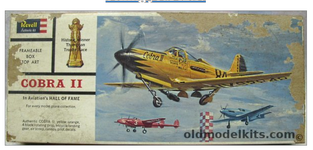FLYBOYJ
"THE GREAT GAZOO"
I read somewhere that the engines used on these aircraft did not have tight tolerances between the pistons and cylinder walls and most of that "black soot" was actually engine oil getting blown out from the exhaust valves. I've been trying to find the article that mentions this.


